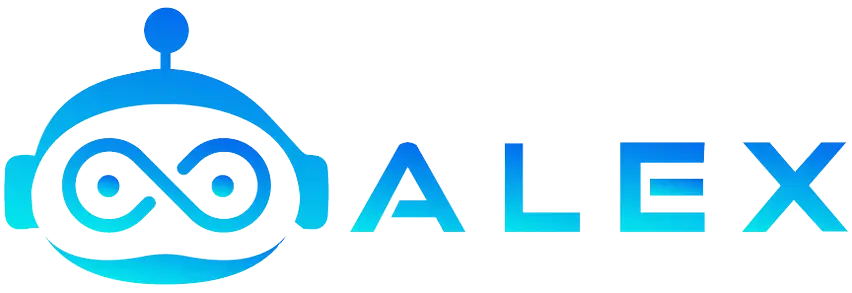What We Prepared For – And What We Didn’t
At a community center where we, as professionals of a youth organization, strive to involve young people in a wide variety of developmental and integration-focused activities, the essence of the experience lies in personal interaction and real-life presence. Therefore, the youth attending our programs don’t typically expect to hear the kind of request we recently made: “Now please take out your phones and open Instagram!” But this is exactly what happened during the testing of the Alex chatbot. The result? Impressive!
The primary target group for the Alex chatbot is Generation Z—that is, those born after 1995—often referred to as the first generation of digital natives. For them, the world before the internet and smartphones exists mostly through stories as told by their elders. They grew up with the developments of the digital age: the flood of information at their fingertips, streaming services, and social media. Naturally, educational tools that resonate with them must be rooted in digital environments that are second nature to them due to the technological world they were born into. At the same time, they are highly exposed to misinformation and information overload—especially the youngest among them—so any tool designed to educate, like the Alex chatbot, must take this into account as well.

However, it wasn’t just the involvement of smartphones that drew keen interest to the shared testing sessions and the presentation event. The young people showed strong engagement with the topic of sexual and reproductive health. We approached this theme from various angles in introductory conversations—for example, discussing their experiences with sex education in school settings, who they can turn to with their questions (because they always have questions), what causes them the most uncertainty, where they can find information, and how they verify its credibility. Whether presented through facilitated discussions, small group creative activities, or playful quizzes, the young people had plenty to share and many experiences to contribute.
Trying out the chatbot naturally fit into the ongoing process, and in this context, creating curiosity and openness didn’t require much effort—it was already present. For youth workers, it’s often a nightmare when, during a typical session, young people silently bend over their phones instead of engaging in IRL interaction. But in this case, the goal was precisely to explore Alex together. And that’s exactly what happened: the testers felt it was important to go through the chatbot collectively—sharing their impressions, laughing together, encouraging each other as they progressed through Alex’s lessons. Given that Alex’s personality is entertaining, it’s easy to see how this could be a rewarding group experience. All in all, we can say that Alex brightened their day.
We received many valuable responses through our formal feedback channels, but the most important feedback was seeing with our own eyes how much the young people enjoyed using it. A key factor in this was that the topics relevant to them were presented in a carefully organized, clear, and accessible format—without overwhelming them with too much content all at once. It’s important that users can proceed at their own pace and in their chosen direction, pausing or returning as they wish. As a result, they quickly become engaged in exploring the chatbot’s content—and, as we saw, they do so with enthusiasm.

One unexpected lesson from testing the Alex chatbot is that integrating digital tools into youth work can support personal interaction and group bonding just as effectively as any other method—especially when the topics are relevant to young people. And sexuality, relationships, and digital literacy—all covered by Alex—clearly are. This experience encourages us to experiment boldly with the tools at our disposal, and even better, to experiment together with the young people we work with. They have questions, ideas, inspiriation. One of their written feedback comments captured this perfectly and authentically: “Make one of these for adults too!”
Ressource:
Eldridge, A. “Generation Z.” Encyclopedia Britannica, April 29, 2025.
https://www.britannica.com/topic/Generation-Z
